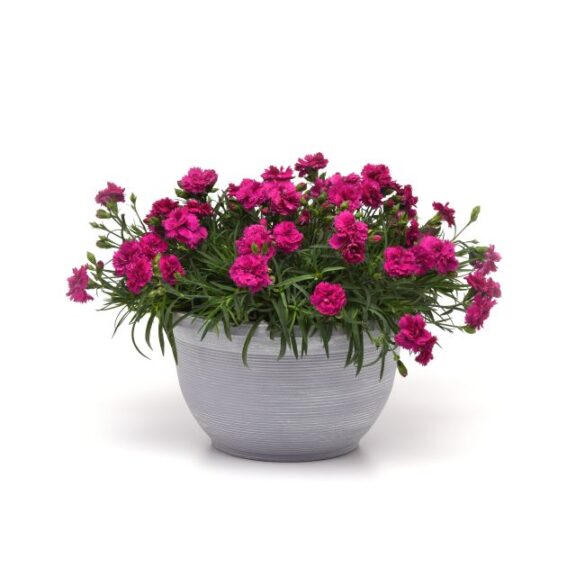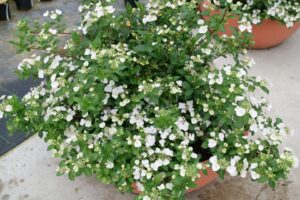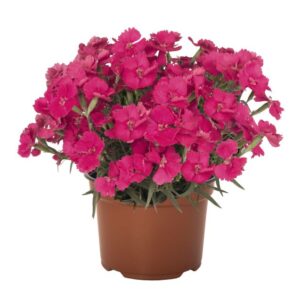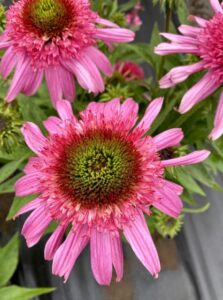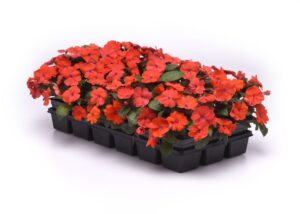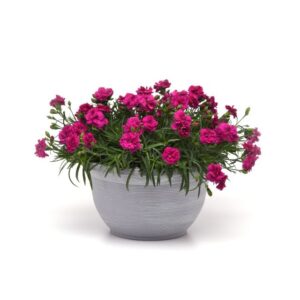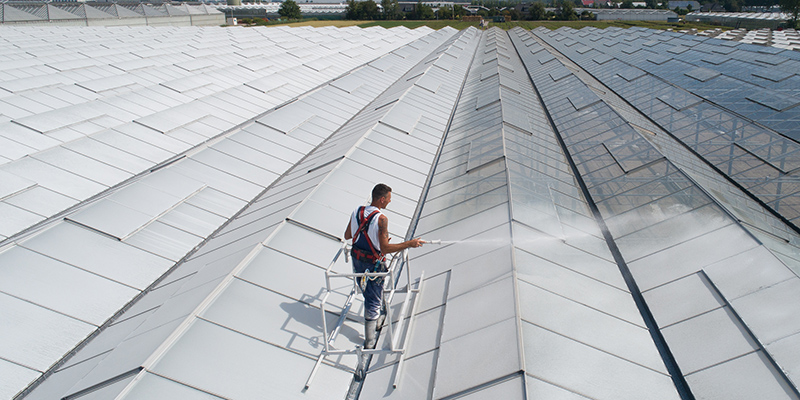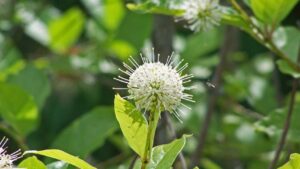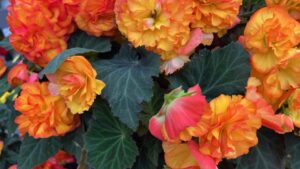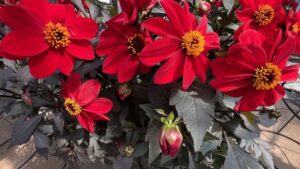Production Advice on Five New Plants
The successful introduction of new varieties is essential to the success of any greenhouse business. But before you can sell them, you need to be able to grow them the right way. We reached out to a few plant breeders to get their best advice on how growers can turn their new plants (pictured in slideshow above) into top performers.
Fairytrail Bride Hydrangea (Spring Meadow Nursery)
This new hydrangea, bred by Japan’s Ushio Sakazaki, was introduced in the U.S. to growers last year as a Proven Winners ColorChoice shrub. Fairytrail Bride Hydrangea features long, trailing stems with clusters of lacecap flowers at every leaf node. Large, white florets are deckle-edged, adding to the lacy appearance. Because it is very fast to produce and easy to ship in bud and bloom, retailers are learning how to help it reach its peak on the growing floor.
- A top dress of aluminum sulfate will cause a clearer, more vibrant white flower.
- Initial bloom will be on previous year’s growth. Trim lightly to shape as many times as possible until late July; pruning or trimming after this will interfere with bud set for the following season.
- Dormant or spring pruning will also remove flower buds.
- If growing for longer than one season, lightly pruning the longest trailing stems will make a better container habit.
- Fairytrail Bride Cascade should be grown with good air circulation and sanitation to reduce the possibility of fungal diseases.
Dianthus ‘Mad Magenta’ (Dümmen Orange)
Dianthus ‘Mad Magenta’ is a beautiful first-year flowering dianthus with the largest single magenta pink flowers on the market. ‘Mad Magenta’ is one of the most vibrant dianthus, with all-region performance and flowering from spring to fall. Super hardy with excellent heat and humidity tolerance even in the warmest regions, it is a great landscape choice for mass plantings for sunny, hot areas.
- A propagation mix of 40% perlite and 60% peat moss or coconut coir is recommended.
- Plants should be misted for the first 12 to 14 days, and foliage should not be permitted to dry out.
- Dianthus may require additional shearing to fill the pot properly.
- Transplanting into low or shallow pots can improve performance and result in a superior finished product. Shallow pots are a natural accommodation.
Echinacea ‘Sundial Pink’ (Terra Nova Nurseries)
Echinacea ‘Sundial Pink’ has a short and branching growth habit from the base with stiff, upright stems to display a full look, making it ideal for containers, mixed beds, mass plantings, borders, and fronts of beds. The plant blooms June through October and has a variety of special uses, including being an effective pollinator attractor and a gorgeous cut flower. It is also fragrant and requires low-water usage.
- This perennial desires course and slightly mineral soil when planted in gardens. It also prefers to be moderately dry between waterings during finishing time in greenhouses and favors full sun.
- Thrips can be a problem as the plants begin to flower.
- It is generally recommended to water in the morning to avoid sending the plants into their night cycle with water on the foliage.
Impatiens Solarscape Series (PanAmerican Seed)
Solarscape Interspecific Impatiens provide durable color for full-sun garden beds and containers. It performs just like vegetative varieties with the flexibility of seed. Greenhouses that supply landscape professionals will appreciate this option for non-branded, in-ground impatiens that grow strong in the sun.
- Light and high humidity are beneficial to Solarscape seed germination. A light covering of vermiculite can help where production conditions do not favor relative humidity in plug stage one and two.
- The minimum growing temperature is 60°F. While plants can survive, production at temperatures below 55°F will result in chlorosis, can significantly slow plant growth, and delay plant fill and flowering.
- Plant size can be controlled effectively via water management. Dry growing significantly reduces the plant’s size and final height.
Dianthus ‘Falling in Love Rosie’ (Ball Ingenuity)
‘Falling In Love Rosie’ is the first hanging basket-type dianthus on the market. It fills out containers quickly with beautiful, fragrant, bright pink blooms that spill over the sides. Consistent new blooms emerge from spring through summer for a lasting stream of color.
- When pinching back flowers, cut ‘Rosie’ low towards the base to discourage persistence of reproductive growth.
- Switch fertilizer to 20-10-20 when media is dry to encourage branching.
- Long-cycle production grown cool can lead to full flowering of ‘Rosie’. For a 10- to 12-inch tub or basket, crop time is eight to ten weeks.










